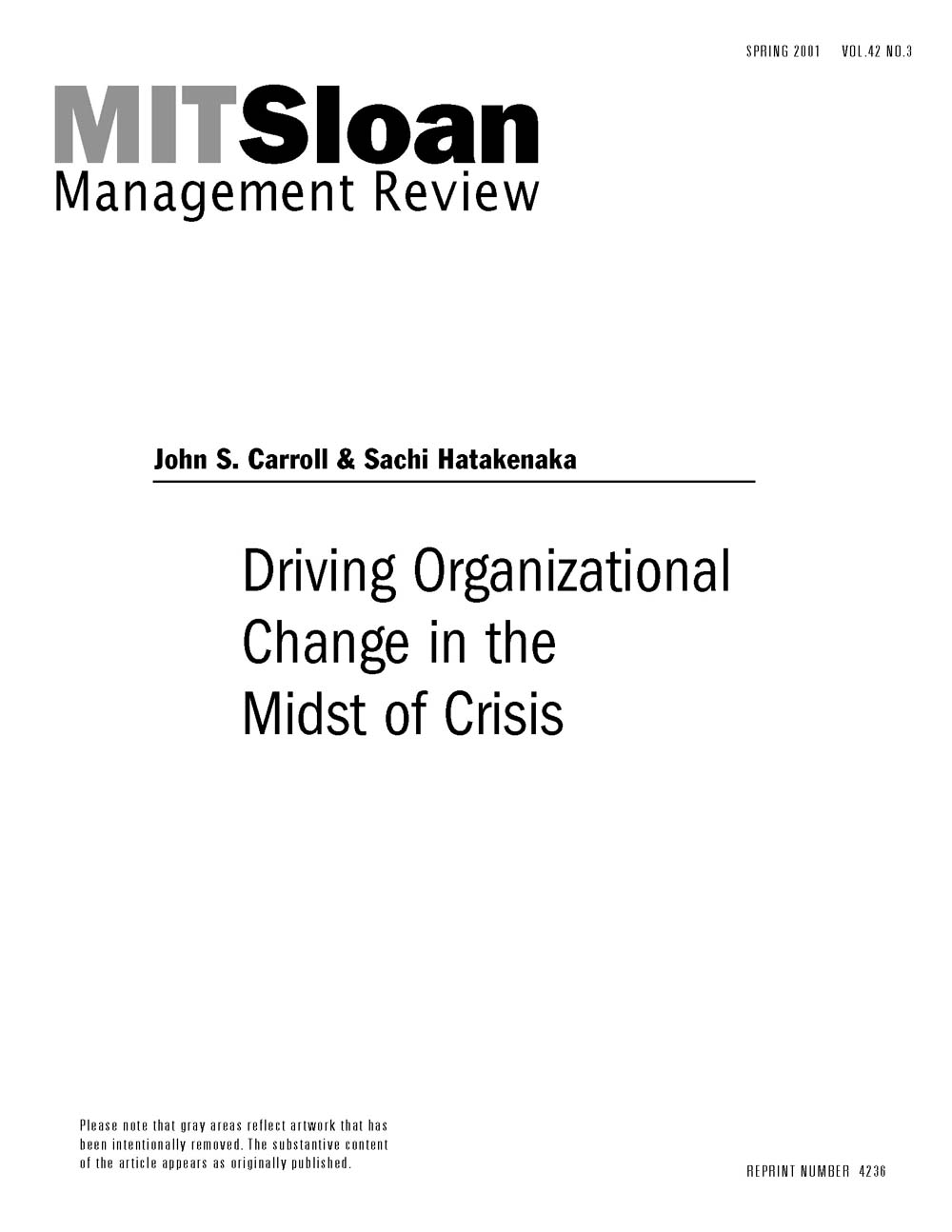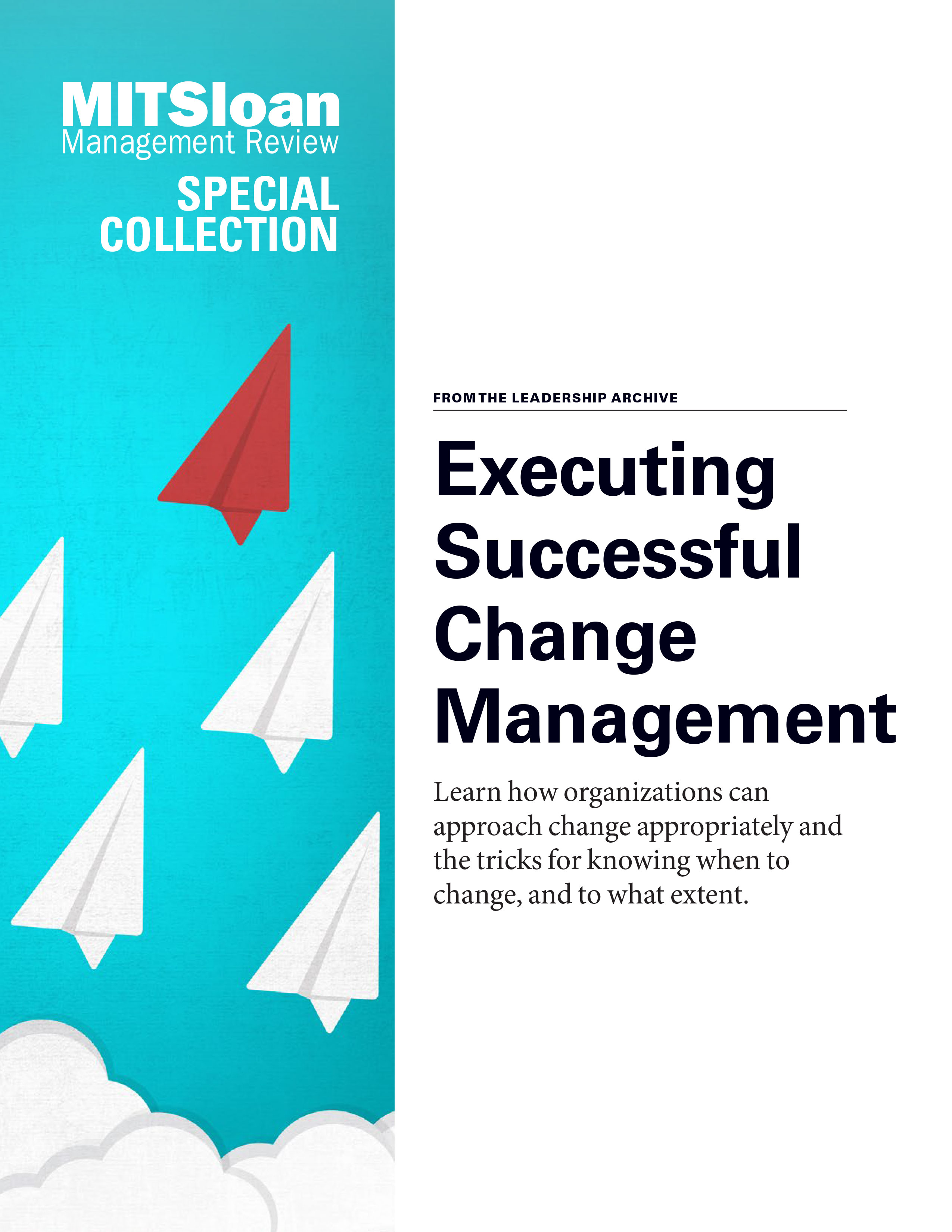
Driving Organizational Change in the Midst of Crisis
To learn about creating change during a crisis, how about studying a real crisis in an industry where crises can have the broadest impact? That's what MIT Sloan School of Management professor John Carroll and doctoral candidate Sachi Hatakenaka did. Their multiple-year study of Millstone Nuclear Power Station in Connecticut offers practical lessons for managers who may find themselves trying to implement change in a high-pressure environment.
When Millstone's CEO for nuclear power arrived to help the organization find its way out of a crisis, he encountered a deeply fractured culture. To propel the organization in the right direction required an amalgam of powerful forces: an unprecedented regulatory fiat from the U.S. Nuclear Regulatory Commission, mandated third-party oversight but, above all, leaders at every level who were open to learning.
The resolution of the crisis confirms the precept that organizations are more likely to emerge stronger if leaders avoid oversimplifying the situation and instead allow a gradual understanding to emerge and be tested in action. The authors guide readers though the key events, explaining how each generated useful insights.
Though practical, the ideas are not formulaic. One of the main lessons is that change is an evolving process. Like other companies that have emerged from crisis, Millstone still faced challenges. Moreover, lingering mistrust and feelings of anger and hurt can surface in new situations. However, the organization had developed better ways to recognize and deal with the signs of trouble. The defusing of potential crises can be a springboard for change.
In any industry that is facing rapid change, ambiguous internal and external signals, alienation and mistrust, or dysfunctional human relationships, managers face an array of challenges. But as Millstone shows, leaders can arise throughout an organization and can be changed by the journey out of crisis -- a journey that, like learning itself, never ends.




